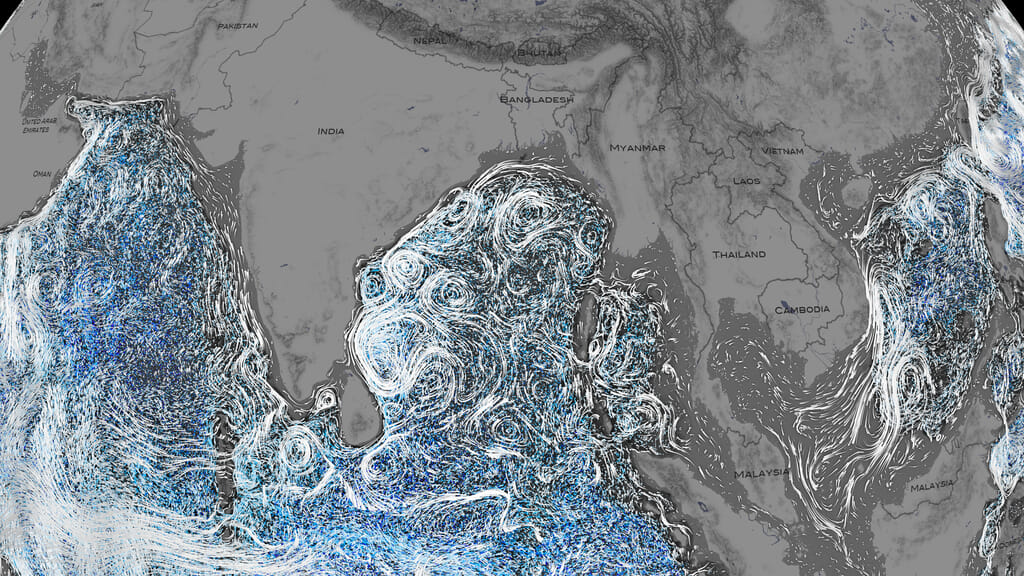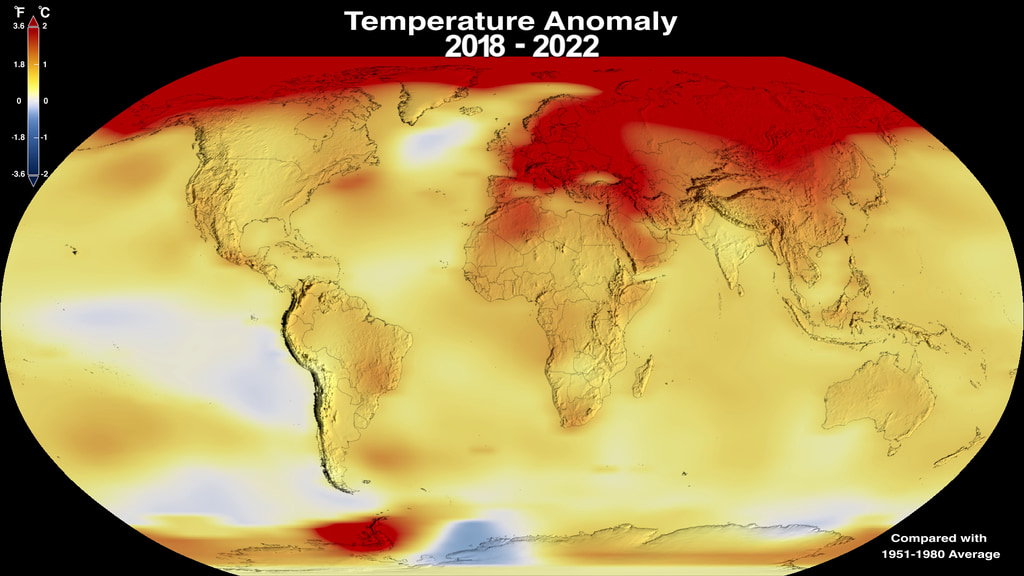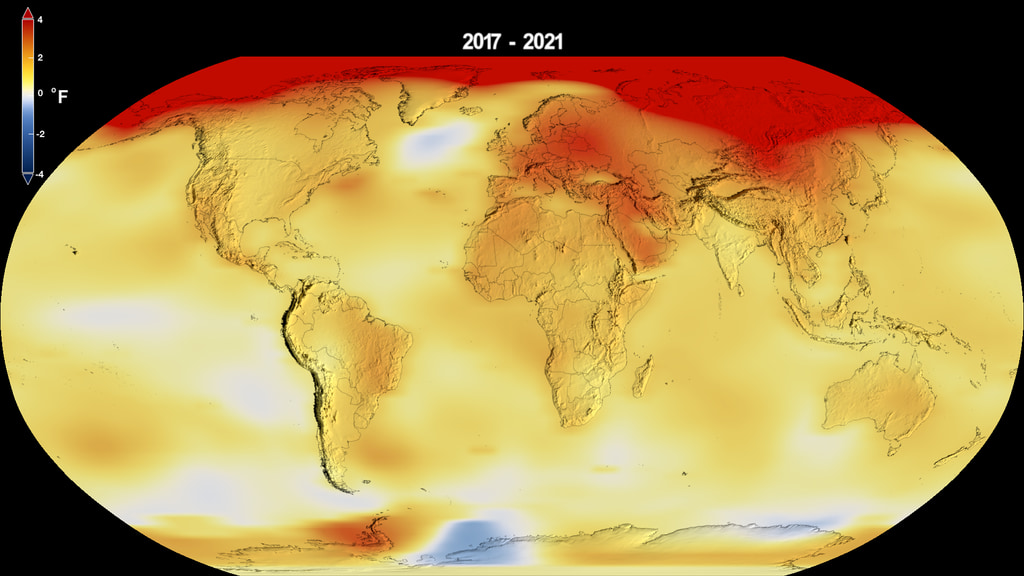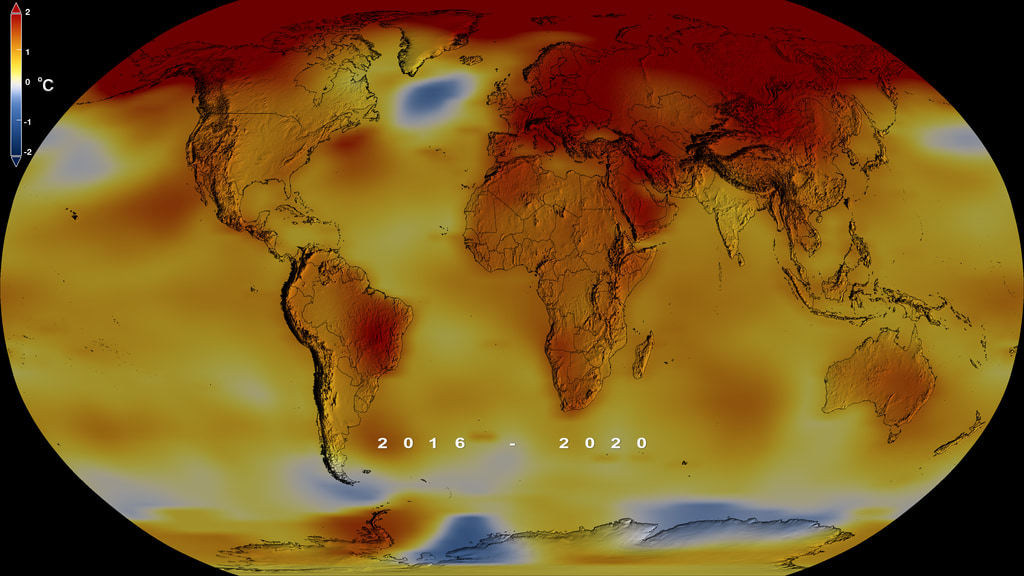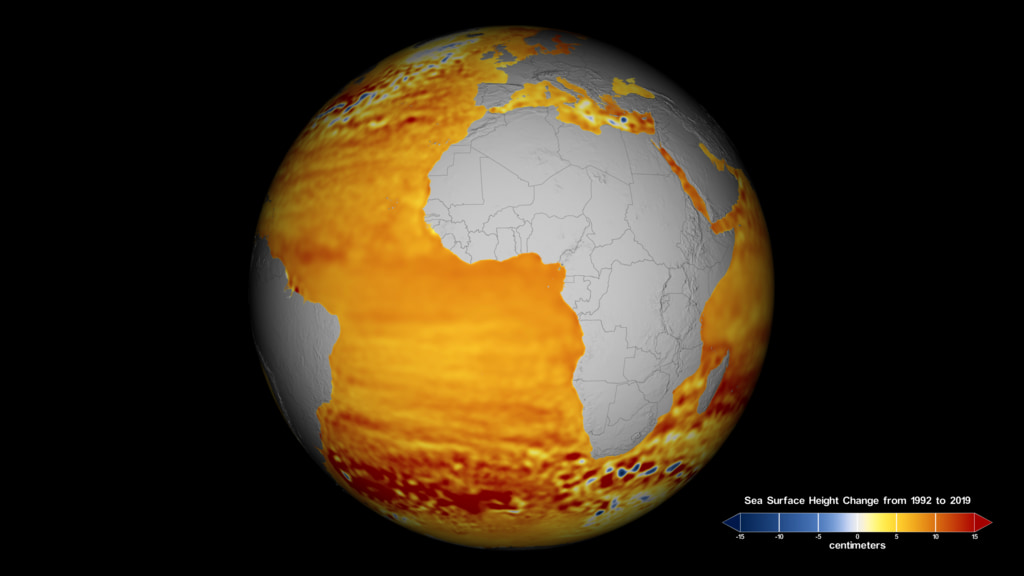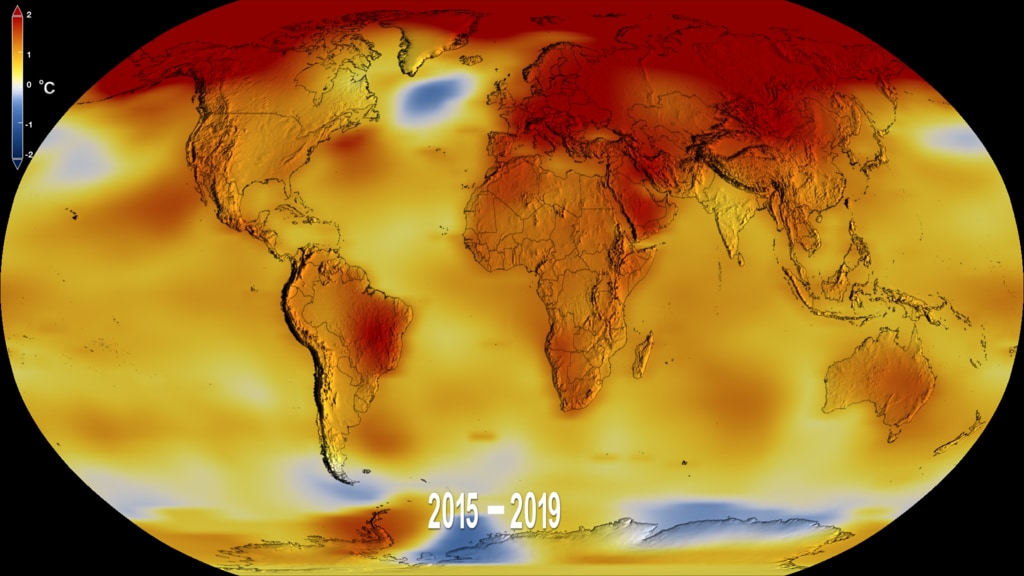Rising Waters: A Warmer World
Earth’s global sea levels are rising – and are doing so at an accelerating rate. Waters in the ocean are expanding as they absorb massive amounts of heat trapped by greenhouse gases in Earth’s atmosphere. Glaciers and ice sheets are adding hundreds of gigatons of meltwater into the oceans each year.
With satellites, airborne missions, shipboard measurements, and supercomputers, NASA has been investigating sea level rise for decades. Together with our international and interagency partners, we’re monitoring the causes of sea level rise with high accuracy and precision. Global sea level is rising approximately 0.13 inches (3.3 millimeters) a year. That’s 30% more than when NASA launched its first satellite mission to measure ocean heights in 1992.
nasa.gov/sea-level-rise-2020
Credits
Please give credit for this item to:
NASA's Goddard Space Flight Center
-
Producers
- Kathryn Mersmann (USRA)
- Ellen T. Gray (ADNET Systems, Inc.)
- Pedro Cota (ADNET Systems, Inc.)
-
Writer
- Kate Ramsayer (Telophase)
-
Videographers
- Jefferson Beck (USRA)
- Kevin A. Anderson (LAMPS 2)
-
Visualizer
- Trent L. Schindler (USRA)
-
Animator
- Bailee DesRocher (USRA)
-
Narrator (spanish)
- Maria-Jose Vinas Garcia (Telophase)
Release date
This page was originally published on Thursday, November 5, 2020.
This page was last updated on Wednesday, May 3, 2023 at 1:44 PM EDT.
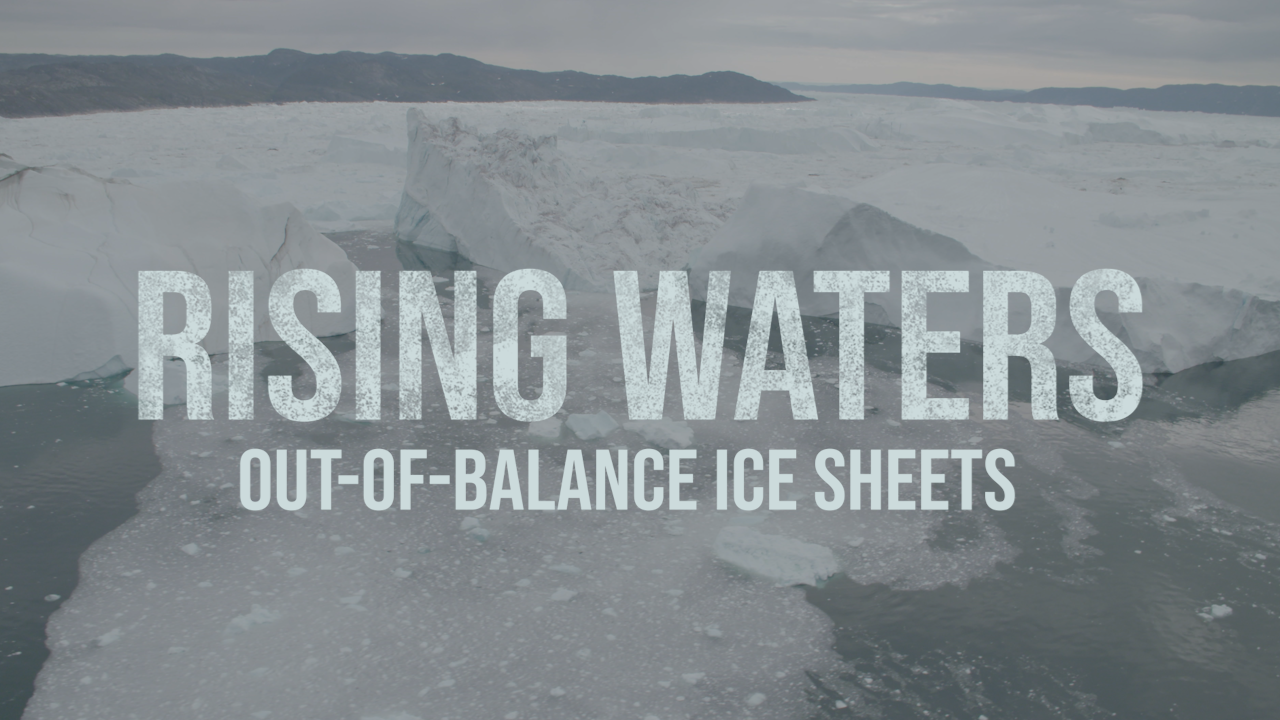


![Universal Production Music: "Patisserie Pressure" by Benjamin James Parsons [PRS]Complete transcript available.This video can be freely shared and downloaded. While the video in its entirety can be shared without permission, some individual imagery provided by pond5.com and Artbeats is obtained through permission and may not be excised or remixed in other products. Specific details on stock footage may be found here. For more information on NASA’s media guidelines, visit https://www.nasa.gov/multimedia/guidelines/index.htmlNotes on Footage:
Provided by Artbeats: 00:00-00:03; 00:08-00:15; 01:02-01:09; 01:48-01:52; 01:58-02:02
Stock: 1:29 – 1:33 provided by Razvan25/Pond5](/vis/a010000/a013700/a013739/Card_Title.jpg)
